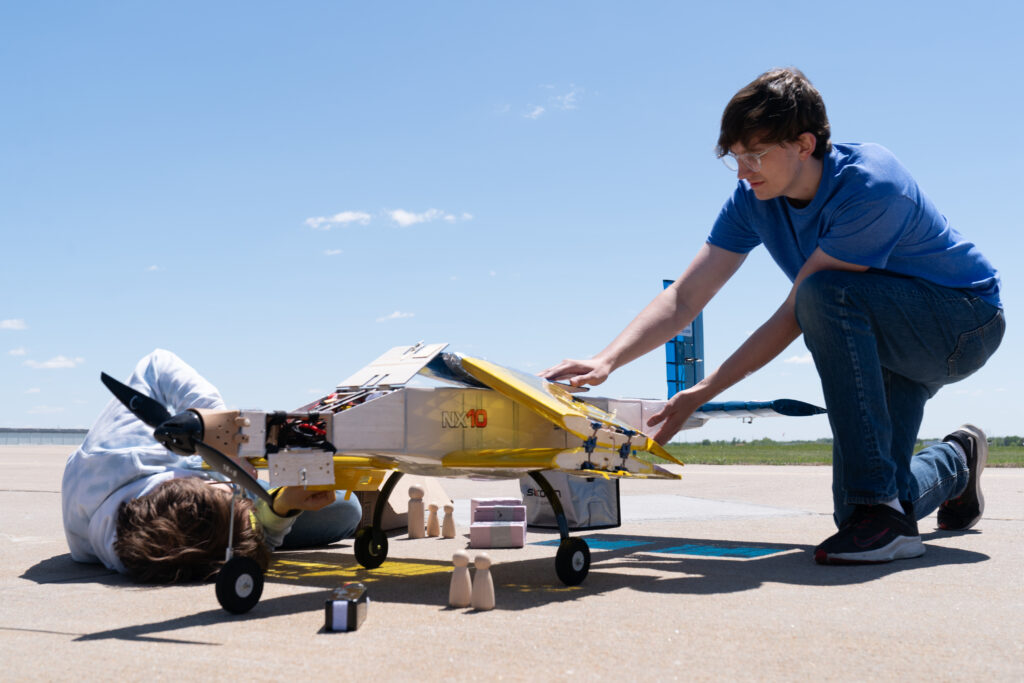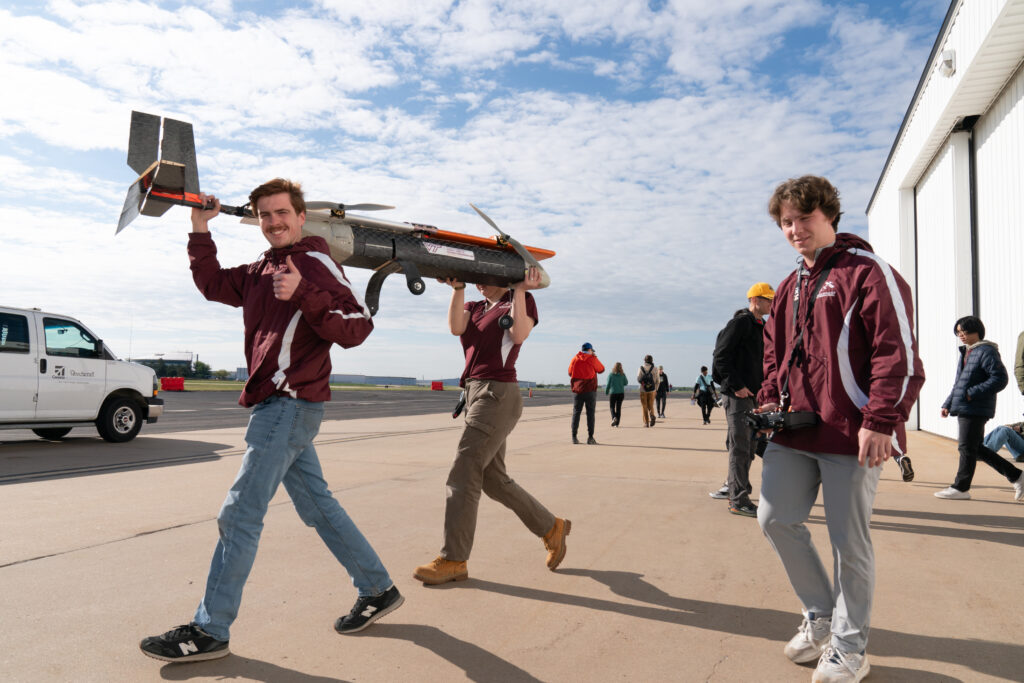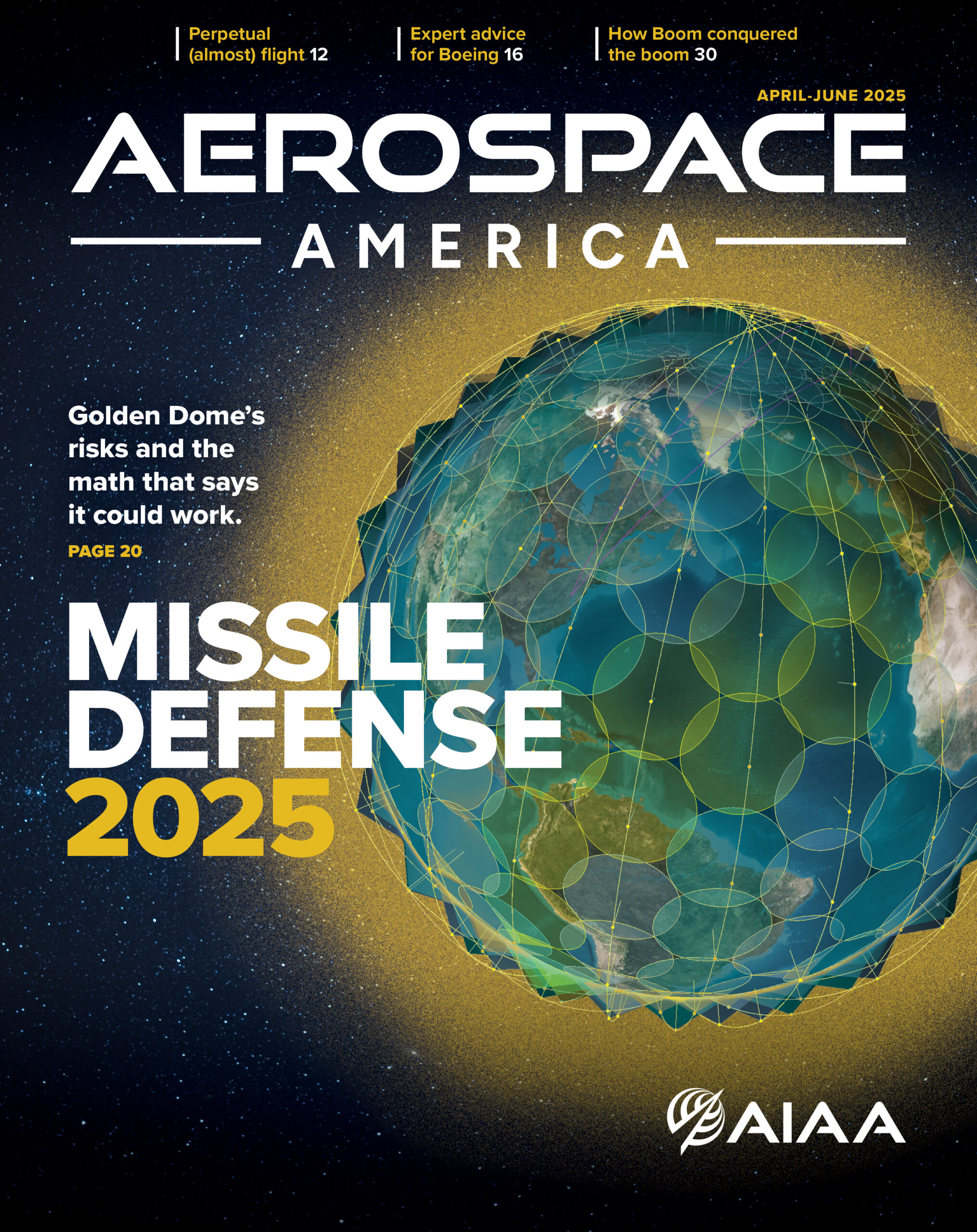Celebrating Student Innovation, Teamwork, and a Milestone Mission
Three Decades of Student Innovation
For three decades, the AIAA Design/Build/Fly (DBF) Competition has stood as a proving ground where students transform classroom theory into hands-on aerospace engineering. Since 1996, DBF has challenged future aerospace leaders to design, build, and demonstrate an uncrewed aircraft capable of tackling a unique mission each year.

Over the years, the competition has been made possible thanks to the generous support of industry partners, including long-time sponsors Raytheon and Textron Aviation, whose commitment has helped DBF grow into the global event it is today.
The competition continues to shape the next generation of aerospace professionals. As the challenge evolves each year, the heart of the competition remains the same: teamwork, innovation, and the thrill of seeing a design take flight.
The 2026 Challenge: Banner-Towing Bush Plane
In April 2026, AIAA DBF will celebrate its 30th anniversary flyoff in Wichita, Kansas, hosted by Textron Aviation. The objective for this year is to design, build, and test a banner-towing bush plane, conduct charter flights to pay for the airplane, and start a banner-towing business. The mission balances performance with practicality, pushing students to innovate while staying grounded in real-world design constraints.
The DBF Organizing Committee has selected elements of past competitions and incorporated them into the mission theme. The banner-towing bush plane theme was selected because it had originally been chosen for 2020; however, the fly-off was cancelled abruptly due to the worldwide pandemic and no competition flights were conducted. The charter flights may carry any combination of passengers and cargo, with passengers being rubber ducks and cargo being hockey pucks (a flashback to the 2017 competition). The “ducks & pucks” mission goal is to maximize income based on the number of passengers and cargo carried and number of laps completed. The banner-towing mission requires teams to deploy a banner in flight, complete at least one lap, and release the banner from the airplane before landing, with the score based on the number of laps completed, the length of the banner and “rated aircraft cost” (RAC – another flashback to missions past).
The full 2026 DBF Rules are available here: Download the Rules PDF
More Than a Competition
DBF allows students to experience the full design cycle: analyzing, documenting, prototyping, testing, and most memorably flying. Along the way, they gain lessons in project management, leadership, and perseverance that extend far beyond the hangar.

For many participants, DBF is also about community. Whether huddled over late-night design sessions or cheering on competitors during a flight attempt, students discover that aerospace is built on collaboration and shared passion.
Reflecting on DBF’s legacy, Russ Althof, DBF Organizing Committee Chair, emphasized the program’s impact: “Students don’t just build and fly RC airplanes at DBF, they learn how to be engineers and the engineering process with themes based on real-world design and performance requirements. They leave with technical and leadership skills, yes, but also with the confidence and teamwork that define a career in aerospace. The fun and competitive fly-off is a great experience after many months of hard work and late nights. The experience, camaraderie and new friendships will be with the students their entire career.”
Want a glimpse of the action? Watch highlights from the 2024 and 2025 events on AIAA’s Instagram




